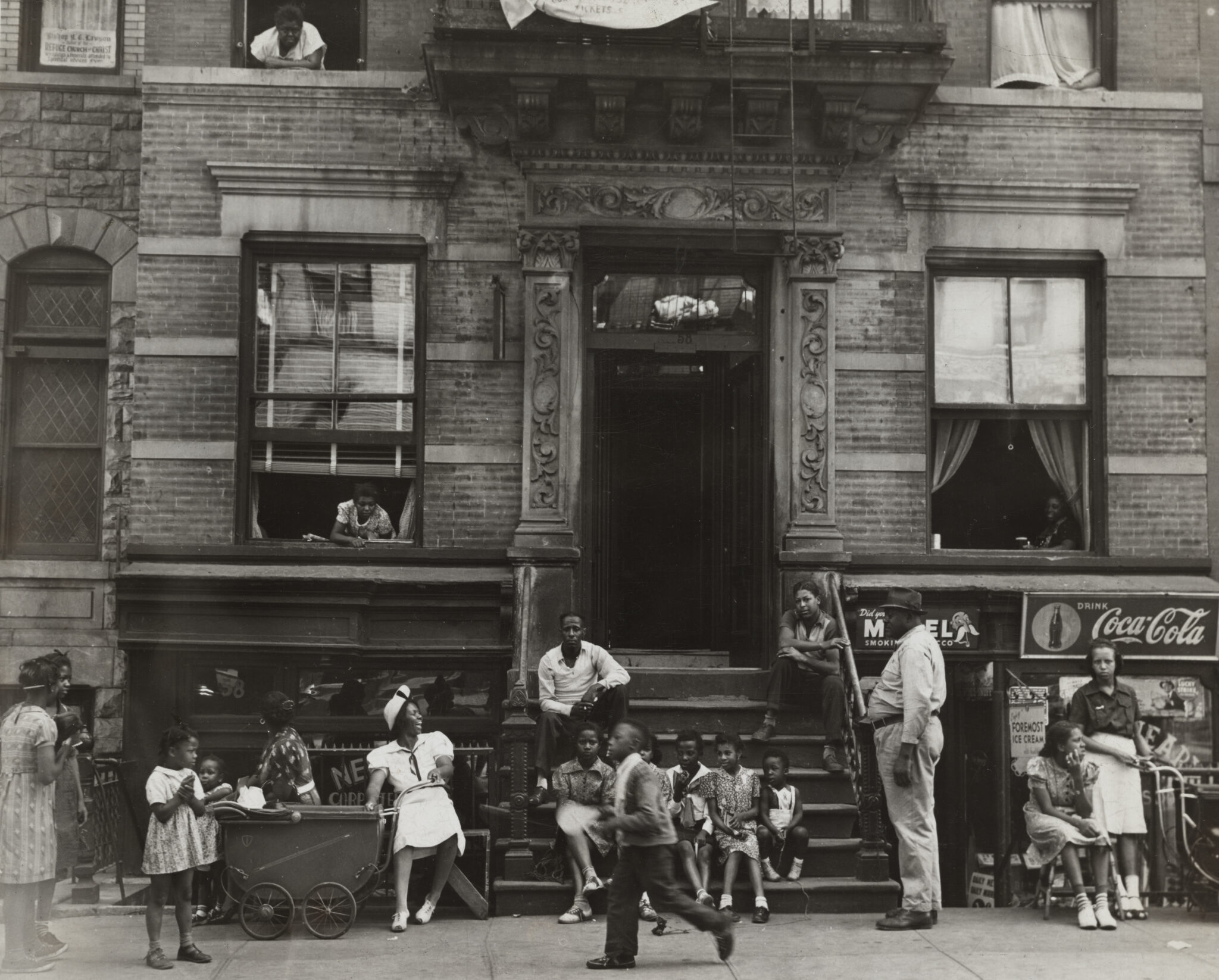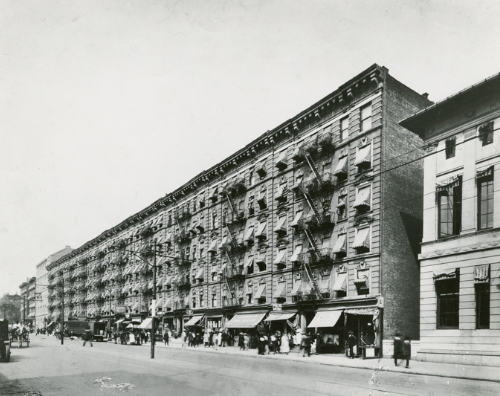Chapter 5 | The Housing Problem
The Housing Committee consisted of Chairman Morris Ernst and Reverend John W. Robinson. Ernst was a prominent attorney with the American Civil Liberties Union (ACLU) and Reverend Robinson was a Methodist minister and representative of the Interdenominational Ministers Alliance, an organization serving the local churches and community. He also chaired the Permanent Committee on Better Schools in Harlem.
In 1934, Harlem was home to 56,157 family groups according to data made available to the Committee by the New York City Housing Authority. Central Harlem was reported to have varying rent prices and landlords used this as an opportunity to exploit Black communities. Landlords placed Black families in dilapidated buildings and charged higher rents compared to what white families paid. The Housing Committee interviewed a Harlem resident, Mr. Langston, who said “the majority of the rentals paid by Harlem families ranged from $30 to $50, while the rentals paid by the majority of the [white] families on the Lower East Side were under $20.”[3]
Footnotes
[1] The 1936 Harlem Conditions Report, pp. 57
[2] Ibid, pp. 57
[3] Ibid, pp. 54




